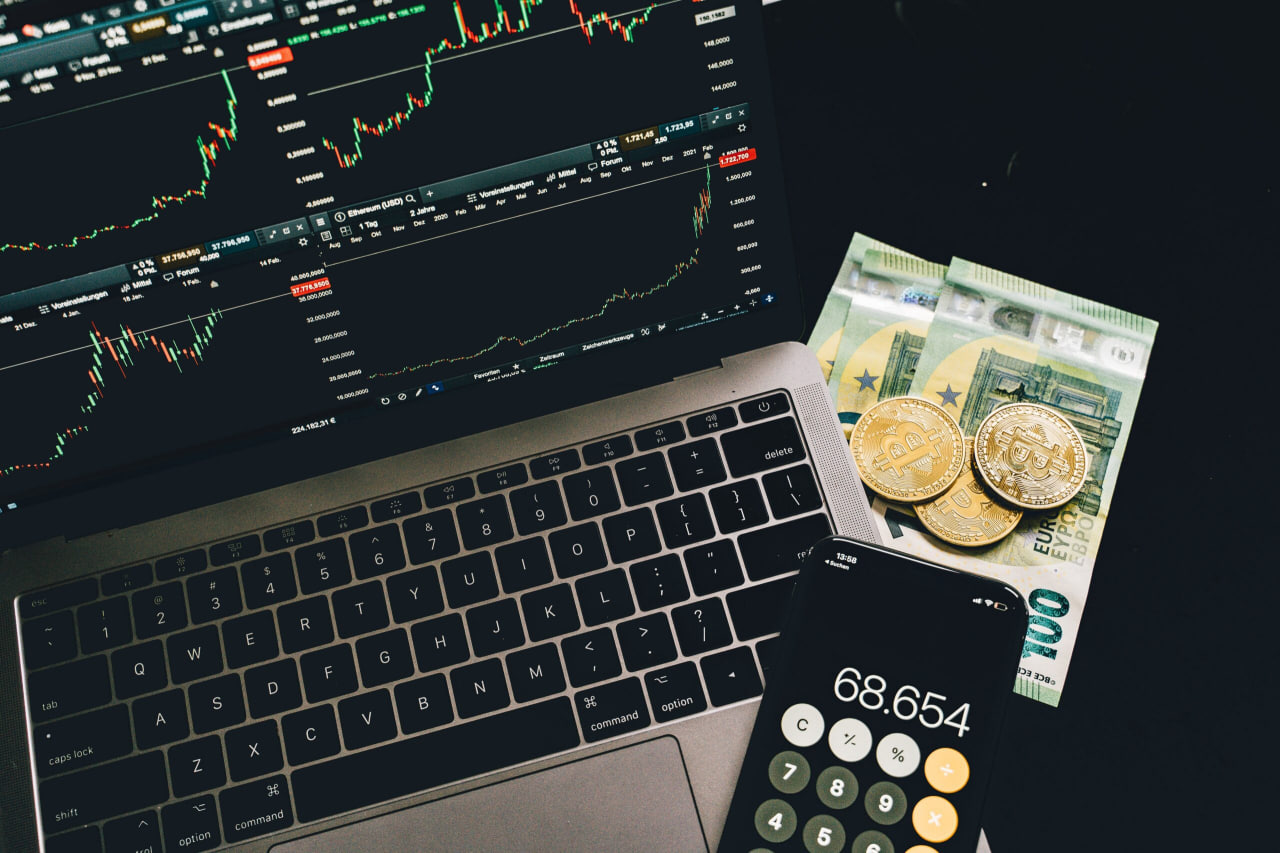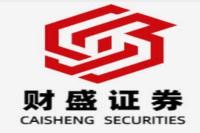Shibor Rates Rise: A Deep Dive into the Implications for the Chinese Financial Market
Meta Description: This article delves into the recent rise in Shibor rates, analyzing its underlying causes, potential implications for the Chinese financial market, and how it affects businesses and investors. Discover the intricacies of this crucial benchmark rate and its impact on lending, borrowing, and overall economic activity.
Introduction:
The Shibor, or Shanghai Interbank Offered Rate, is a key benchmark rate in the Chinese financial system. It reflects the interest rates at which banks lend to each other in the interbank market. A rise in Shibor typically indicates tighter liquidity conditions in the market, potentially signaling changes in monetary policy or an increase in demand for funds. The recent rise in Shibor rates has sparked discussions among market analysts and investors, prompting questions about its implications for businesses, investors, and the broader Chinese economy.
In this comprehensive analysis, we'll dissect the recent Shibor rate fluctuations, exploring the factors driving this trend and delving into its potential impact on various aspects of the Chinese financial landscape.
Shibor: A Vital Indicator of Liquidity and Monetary Policy
The Shibor is a critical gauge of liquidity in the Chinese interbank market. It acts as a reference rate for a wide array of financial transactions, including:
- Lending and Borrowing: Banks use Shibor as a base for setting interest rates on loans to businesses and individuals. A higher Shibor means banks need to pay more to borrow funds, leading to potentially higher loan rates for borrowers.
- Financial Instruments: Shibor is used in pricing various financial instruments, such as bonds, derivatives, and money market products.
- Monetary Policy: The People's Bank of China (PBOC), China's central bank, closely monitors Shibor as a tool to assess the effectiveness of its monetary policy.
- Economic Health: Shibor fluctuations can reflect broader economic trends, providing insights into the health and confidence of the financial system.
Understanding the Recent Shibor Rate Surge
The recent increase in Shibor rates can be attributed to a confluence of factors:
- Monetary Policy Tightening: The PBOC has been cautiously tightening its monetary policy in recent months, aiming to curb inflation and manage financial risks. This includes measures like increasing reserve requirements for banks and adjusting the interest rate on the Medium-term Lending Facility (MLF).
- Increased Demand for Funds: The demand for funds in the interbank market has been rising due to factors such as increased corporate borrowing and seasonal factors.
- Regulatory Changes: The PBOC has implemented regulatory changes to enhance financial stability and manage systemic risks, potentially leading to a tighter interbank market.
- Global Economic Uncertainty: The global economic environment remains uncertain, with rising inflation, geopolitical tensions, and potential economic slowdown impacting investor confidence.
Potential Implications of Rising Shibor Rates
The rise in Shibor rates carries potential implications for various stakeholders:
- Businesses: Businesses that rely on bank loans may face higher borrowing costs, impacting their profitability and investment decisions.
- Investors: Investors may see returns on fixed-income investments decline as higher Shibor rates influence bond yields.
- Financial Markets: The rise in Shibor could impact the pricing and liquidity of various financial instruments, including bonds, derivatives, and money market products.
- Economic Growth: A prolonged increase in Shibor rates could potentially dampen economic growth by making it more expensive for businesses to borrow and invest.
Navigating the Shibor Landscape: Strategies for Businesses and Investors
In this dynamic environment, it's crucial for businesses and investors to navigate the changing Shibor landscape:
- Businesses:
- Monitor Interest Rates: Regularly monitor interest rates and adjust lending and borrowing strategies accordingly.
- Explore Alternative Funding Sources: Consider alternative funding sources, such as private equity or venture capital, to diversify funding needs.
- Strengthen Financial Management: Optimize cash flow management and ensure robust financial planning to mitigate the impact of higher borrowing costs.
- Investors:
- Diversify Portfolios: Diversify investment portfolios across different asset classes to mitigate risk.
- Consider Short-Term Investments: Explore short-term investment options that offer higher returns in a rising interest rate environment.
- Consult Financial Advisors: Seek advice from experienced financial advisors to understand the implications of Shibor fluctuations on investment strategies.
Shibor and the Chinese Economy: A Long-Term Perspective
The Shibor is a crucial indicator of the Chinese financial system's health and the PBOC's monetary policy stance. While the recent rise in Shibor rates may pose short-term challenges, it's essential to consider its impact within the broader context of China's long-term economic growth and stability. The PBOC will likely continue to monitor the Shibor closely, adjusting its monetary policy as needed to ensure a balanced and sustainable economic trajectory.
FAQs
Q: What is Shibor, and why is it important?
A: Shibor stands for Shanghai Interbank Offered Rate. It's a benchmark interest rate that reflects the cost of borrowing between banks in the Chinese interbank market. It plays a crucial role in setting interest rates on loans, pricing financial instruments, and providing insights into the liquidity conditions of the financial system.
Q: Why has Shibor been rising recently?
A: The rise in Shibor rates can be attributed to factors like monetary policy tightening by the PBOC, increased demand for funds, regulatory changes, and global economic uncertainty.
Q: What are the potential consequences of rising Shibor rates?
A: Rising Shibor rates may lead to higher borrowing costs for businesses, lower returns on fixed-income investments, changes in the pricing of financial instruments, and potentially dampened economic growth.
Q: What can businesses do to manage the impact of rising Shibor rates?
A: Businesses should closely monitor interest rates, consider alternative funding sources, and strengthen financial management practices.
Q: What should investors do in a rising Shibor rate environment?
A: Investors should diversify portfolios, consider short-term investments, and consult with financial advisors for guidance.
Q: How will the PBOC respond to rising Shibor rates?
A: The PBOC will likely monitor Shibor closely and adjust its monetary policy as needed to balance economic growth and stability.
Conclusion:
The recent rise in Shibor rates reflects complex dynamics within the Chinese financial system. While this trend poses potential challenges, it's essential to consider it within the broader context of China's long-term economic growth and stability. Understanding the factors behind Shibor fluctuations and their implications is crucial for businesses, investors, and policymakers alike. By staying informed and adapting strategies accordingly, stakeholders can navigate this dynamic environment and contribute to a sustainable and healthy Chinese economy.



